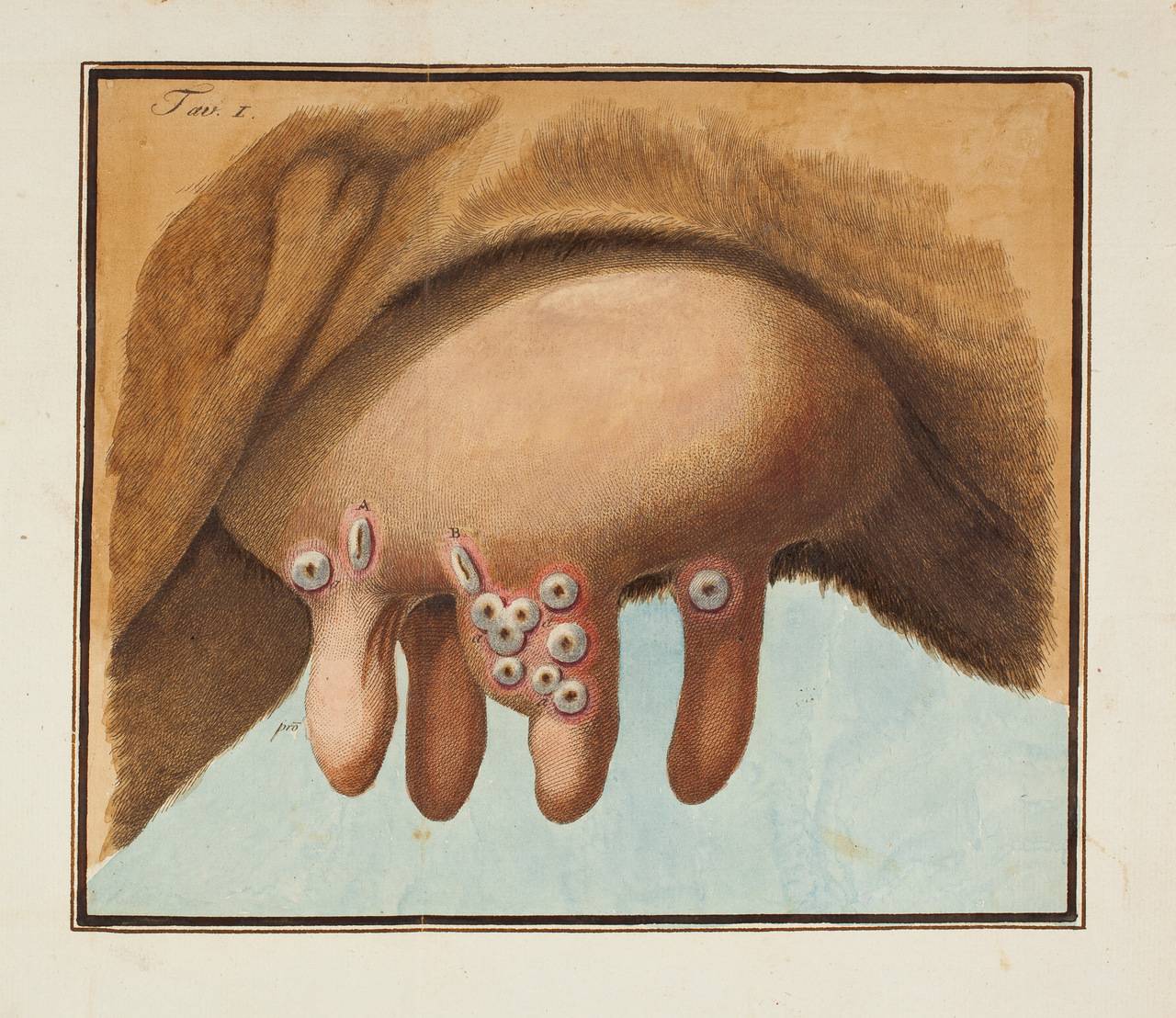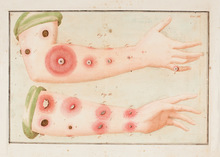Browse by category
- Subject
- Abstract
- Africa
- Amputation
- Anatomy
- Animal
- Animals
- Art nouveau
- Baby
- Beast
- Beasts
- Biology
- Birds
- Blood circulation
- Body
- Botany
- Breasts
- Cataract
- Chemistry
- Colourful
- Colours
- Corpse
- Dentistry
- Dermatology
- Disease
- Diseases
- Dissection
- Epilepsy
- Evolution
- Expressions
- Eye
- Eye diseases
- Eyes
- Faces
- Fashion
- Female breast
- Fishes
- Flowers
- Fly
- Frog
- Fruit
- Fundus
- Graphic
- Head
- Hearing organs
- Herbal
- Hermaphrodite
- Histology
- Human body
- Hysteria
- Impressionism
- Injured soldier
- Injuries
- Insane
- Insect
- Insects
- Lithotomy
- Lymphatic vessels
- Magic
- Marine organisms
- Medical examination
- Medical plants
- Medicine
- Microscopy
- Middle ages
- Midwifery
- Monster
- Muscle manikin
- Museum
- Mushrooms
- Nerve cells
- Neurology
- Nipples
- Nobel prize
- North america
- Nuts
- Obstetrics
- Odontology
- Ophtalmology
- Ophtalmoscope
- Optics
- Organic
- Orthopedics
- Pancreas
- Pathology
- Patient
- Pharmacy
- Physician
- Physiognomy
- Physiology
- Physionomy
- Plants
- Poisoness
- Polyp
- Pop-up pictures
- Portraits
- Prothesis
- Psychiatry
- Psychology
- Renaissance
- Skeleton
- Skin diseases
- Surgery
- Swedish flora
- Tattoo
- Teeth
- Teratology
- Trees
- Us civil war
- Vaccination
- Vocal organs
- War
- Zoology
- Emotion
- Absurd
- Amazing
- Amusing
- Artistic
- Beautiful
- Charming
- Colourful
- Dramatic
- Elegant
- Fanciful
- Fantasy
- Fascinating
- Funny
- Horrid
- Humorous
- Indecent
- Instructive
- Interesting
- Marvellous
- Masterpiece
- Morbid
- Old-fashioned
- Painful
- Remarkable
- Scary
- Spectacular
- Strange
- Superb
- Surrealistic
- Unattractive
- Unique
+ Show all

Cow-pox
-
Trattato di vaccinazione con osservazioni sul giavardo e vajuolo pecorino.
Milano, dalla Tipografia Mussi, 1809. - Show book - Author: SACCO, Luigi (1769–1836)
- First and original edition. The book was translated into French and German in 1811 and 1812 respectively. This treatise on the smallpox vaccination had an enormous effect in swaying professional and public attitude in favour of the procedure. The exceptionally fine portrait of Jenner and the four large folding plates showing vaccinia pustules, which are coloured by hand, add to the beauty of the book. Dr Sacco “the most extensive vaccinator in the world” studied medicine and surgery in 1792 at the University of Pavia, where he was a pupil of Johann Peter Frank, the founder of social medicine. Sacco subsequently established a medical practice in Milan. Following Jenner’s publication (1798) of his work on cowpox inoculation, Sacco had the good fortune, in September 1800, to find a spontaneous cowpox stock in the neighbourhood of his birthplace in Varnese. He used this stock to inoculate first himself and then a group of children on the farm where he was staying. From these and numerous other inoculations, he recognized the advantages of inoculating cowpox rather than human smallpox. Sacco persuaded the government of the Cisalpine Republic to set up a general vaccination department, which was entrusted to him. This department allowed Sacco to extend his work to many other regions of Italy besides Lombardy. By 1809 he had succeded in reaching “a millon and a half vaccinated people, five hundred thousand of whom I had the satisfaction of vaccinating myself.” In the same year he left his post as general director of vaccination and published his Trattato de vaccinatione. Shortly afterwards this treatise was translated into French and German, thus presenting the important conclusions that he had been able to draw from his ample statistics. Sacco became a major advocate of cowpox vaccination, and his stock from Lombardy was sent to De Carro in Vienna. The latter sent it in 1802 to Baghdad, and it was with this stock that the first vaccinations were given in the East Indies.























